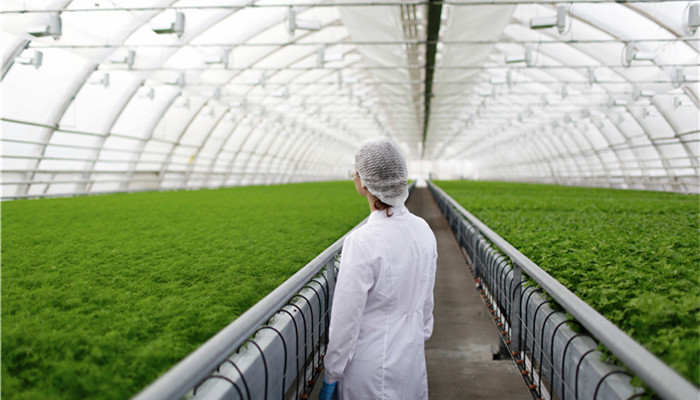
Nitrogen fertilizer industry upgrades, urea-formaldehyde slow-release fertilizer industry has good development prospects
Urea-formaldehyde slow-release fertilizer is an organic, slightly soluble nitrogen slow-release fertilizer produced by the reaction of urea and aldehyde chemicals under certain conditions. It is one of the important types of slow- and controlled-release fertilizers and is also the earliest commercialized slow- and controlled-release fertilizer in the world. . There are three main types of urea-formaldehyde slow-release fertilizers, namely butylidene diurea, urea-formaldehyde, and isobutylidene diurea. Compared with ordinary fertilizers, urea-formaldehyde slow-release fertilizers have better controlled-release effects, can improve fertilizer utilization and increase crop yields. They are also environmentally friendly and can promote the upgrading of the nitrogen fertilizer industry, which is of great significance to the development of the fertilizer industry.
According to the “2022-2027 Urea-Formaldehyde Slow-release Fertilizer Industry Market In-depth Research and Investment Prospect Forecast Analysis Report” released by the Industrial Research Center , my country has become the world’s largest producer of slow-release fertilizers, but the domestic production of urea-formaldehyde slow-release fertilizers is small, accounting for about 22% of the total slow-release fertilizer production, and its use scope is limited. Urea-formaldehyde slow-release fertilizer has the advantages of high nitrogen content, high nitrogen utilization rate, high particle strength, better fertilization effect, and easy storage and transportation. Urea-formaldehyde slow-release fertilizers are currently in high demand in Europe and the United States. In the United States, urea-formaldehyde slow-release fertilizers account for about 45% of the total slow-release fertilizer production; in Western Europe, it reaches 73%.
my country’s urea-formaldehyde slow-release fertilizer industry started relatively late, with less than 20 years of industrialization and slow development. There are three factors leading to the slow development of my country’s urea-formaldehyde slow-release fertilizer industry. First, urea-formaldehyde slow-release fertilizers have higher requirements for crops and usage scenarios, and must be used based on actual conditions; second, urea-formaldehyde slow-release fertilizers have high production costs and lack of innovative processes. Third, the relevant standards for urea-formaldehyde slow-release fertilizers are imperfect, the production technology is immature, and the product quality is unstable.
The current production methods of urea-formaldehyde slow-release fertilizer mainly include the pellet method and the slurry method. According to the different production raw materials, the slurry method can also be divided into chemical synthesis method and physical mixing method. In the context of environmental protection, urea-formaldehyde slow-release fertilizer has environmental protection and green advantages, which has attracted market attention and has developed rapidly in recent years. Currently, the Chinese Academy of Agricultural Sciences, the Academy of Agriculture and Forestry Sciences and other units and the Jinzhengda Group are conducting research on urea-formaldehyde slow-release fertilizers, innovating production processes, and increasing domestic urea-formaldehyde slow-release fertilizer production capacity. With the improvement of production technology, my country’s urea-formaldehyde slow-release fertilizer production capacity continues to rise, currently reaching about one million tons. Global sales of urea-formaldehyde slow-release fertilizers account for about 56% of the total slow- and controlled-release fertilizers.
Industry analysts said that urea-formaldehyde slow-release fertilizer has the advantages of high efficiency and environmental protection, and is an important direction for the transformation and upgrading of nitrogen fertilizers. Currently, it is widely used in Europe and the United States. Countries such as China have higher application demand. In China, the urea-formaldehyde slow-release fertilizer industry started late, and its production technology is limited and the products are expensive, which limits the development of the industry. In the context of environmental protection, the advantages of urea-formaldehyde slow-release fertilizer have been valued. Domestic units and enterprises have conducted research on it, promoted technological innovation, continued to increase production capacity, and accelerated market promotion.

 微信扫一扫打赏
微信扫一扫打赏

